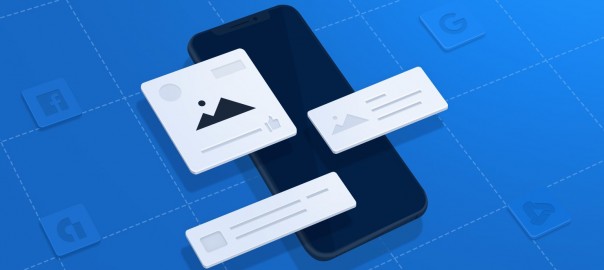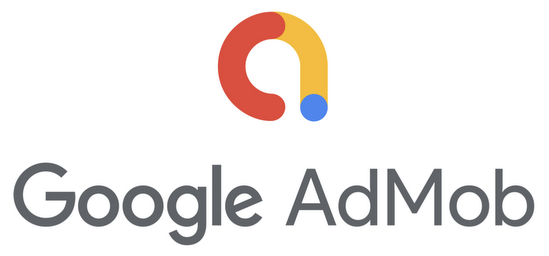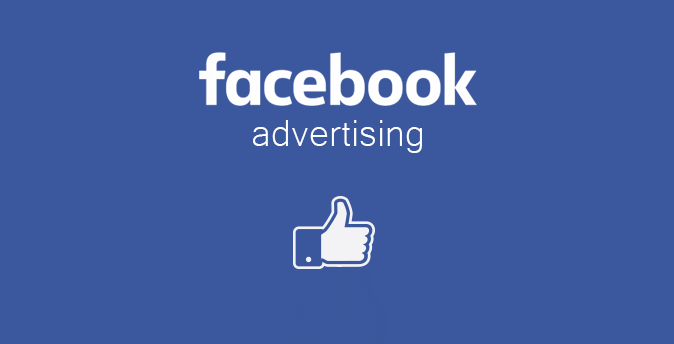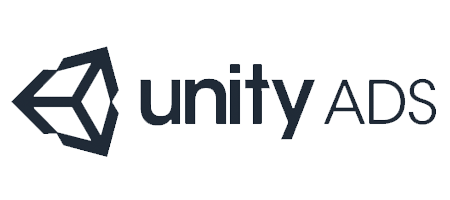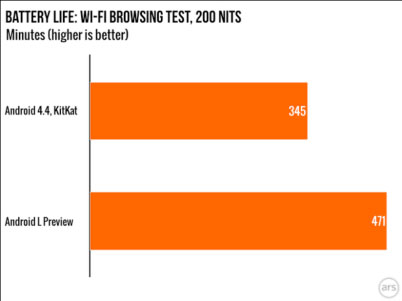For most mobile app developers, the majority of revenue comes from advertising. We have written in the past about the prevalence of the Freemium model and what tactics maximize both the retention and profits of mobile games. Another major decision every app developer faces is what mobile advertising platform to choose.
Mobile advertising represents 72% of all U.S. digital ad spending. Publishers have a variety of ad platforms to choose from, each with individual pros and cons. Here are the top mobile advertising platforms to consider for 2021:
Acquired by Google in 2010, Google AdMob is the most popular mobile advertising network. AdMob integrates high-performing ad formats, native ads, banner ads, video, and interstitial ads into mobile apps.
AdMob shows over 40 billion mobile ads per month and is the biggest player in the mobile ad space. Some users criticize the platform for featuring revenues on the lower side of the chart; however, the platform also offers robust analytics to help publishers glean insights into ad performance.
Facebook’s Audience Network leverages the social media platform’s massive userbase toward offering publishers an ad network designed for user engagement and growth. Like AdMob, Facebook Ads offers a variety of ad types, including native, interstitial, banner, in-stream video, and rewarded video ads.
With over 1 billion users, Facebook has utilized their massive resources to build out their ad network. Facebook Ads provide state-of-the-art tools, support, and valuable insights to grow ad revenue. Facebook Ads sets itself apart by offering a highly focused level of targeting. Facebook collects a vast amount of data from its users, thus Facebook Ads enables app publishers to target based on a variety of factors (interests, behaviors, demographics and more) with a level of granularity deeper than any other platform.
InMobi offers a different way of targeting users, which they have coined “Appographic targeting”. “Appographic targeting” analyzes the user’s existing and previous applications rather than traditional demographics. If a user is known to book flights via an app, then related ads, such as that of hotels and tourism will be shown.
The InMobi Mediation platform enables publishers to maximize their ad earnings with unified auction solutions and header bidding for mobile apps.
TapJoy has received increased consideration from mobile game developers since the platform integrates with in-app purchases. Studies show that mobile players will engage with advertisements if offered a reward. TapJoy has capitalized on this by introducing incentivized downloading, which provides mobile gamers with virtual currency through completing real world actions. For example, a user can earn virtual currency in the game they are playing by downloading a related game in the app store.
TapJoy provides premium content to over 20,000 games and works with major companies like Amazon, Adidas, Epic Games, and Gillette.
Unity, the popular mobile app development platform, launched Unity Ads in 2014. Since then, it’s become one of the premier mobile ad networks for mobile games. Unity Ads supports iOS and Android mobile platforms and offers a variety of ad formats. One of the major features is the ability to advertise In-App Purchases displayed in videos (both rewarded and unrewarded) to players.
On a targeting level, Unity Ads allows publishers to focus on players that are most likely to be interested in playing specific games based on their downloads and gameplay habits. Many of the leading mobile game companies use Unity to build their app and Unity Ads as their ad platform.
CONCLUSION
These are not the only mobile ad networks, but for app publishers looking to stay current, they are the premier platforms to research. Other platforms like media.net, Chartboost, Snapchat Ads, Twitter Ads, and AppLovin also merit consideration.
When it comes to advertising, every app and app publisher has different needs. Since advertising plays a massive role in generating revenue, mobile app developers set themselves up for success when they do the research, and can find what ad platforms are best suited to their product.

